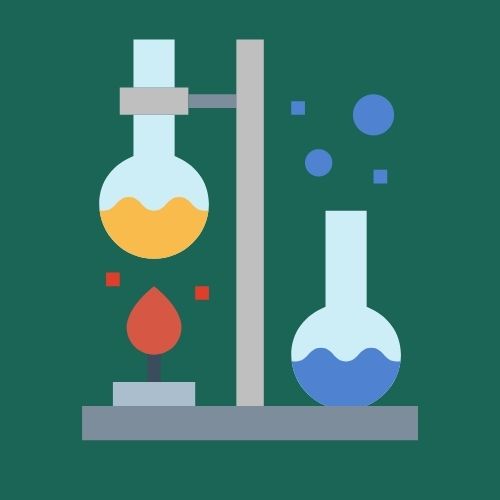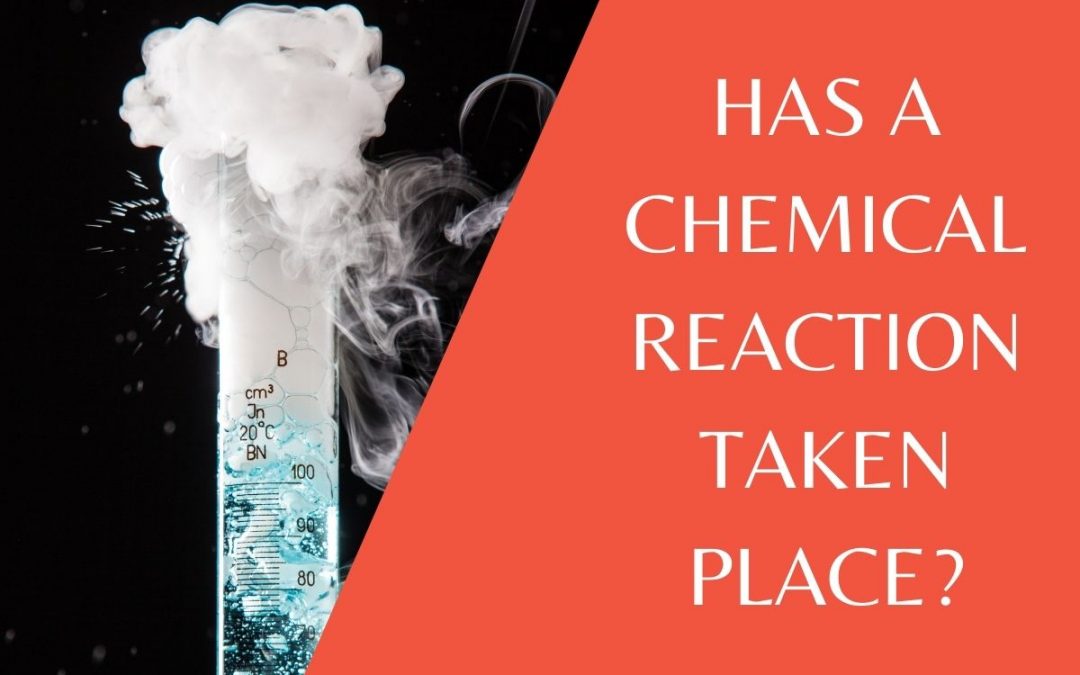How do you know when a chemical reaction is taking place?
Are there different types of reactions?
What is displacement?
Can you predict and explain what will happen during a displacement reaction?
Chemical reactions form the basis of many areas of chemistry and these will be revisited and built on each year so you will deepen your understanding of this topic as you go through secondary school.
We are taking a look at how you can identify if a reaction is taking place, the different types of reactions you need to know. We will also look into more detail about what displacement reactions are and how we can predict what will happen in them.
🧪 Signs of a reaction
When you begin secondary school many students look forward to their chemistry lessons in the hope of experiments using bunsen burners and carrying out chemical reactions. Learning about chemical reactions is a great topic as you need to gain an understanding of how you can tell if a reaction has taken place. To identify if a reaction is taking place you need to look for the following signs:
- Colour change
- Heat being released
- Heat being absorbed
- Fizzing or effervescence
- Changes of state
🧪 Types of a reaction
When you are observing chemical reactions you will quickly learn how to predict what will happen. This is because there are different types of reactions. There are several we suggest you make sure you know as they will feature in KS3 and also you will need to develop a more detailed understanding of them in KS4 Chemistry. So make sure you can identify the signs and differences between these reactions:
- Combustion
- Oxidation
- Thermal decomposition
- Exothermic
- Endothermic
For each of these, it will be really useful if you can also give an example of when it may occur and this may mean learning a word equation to support it as well.
🧪Displacement Reactions
A displacement reaction is where two metals will react and one takes the place of the other. An understanding of the reactivity series is key for predicting and explaining displacement reactions. Very simply a displacement reaction is when a more reactive metal displaces a less reactive metal from its compound. One of the simplest experiments to show this is the reaction between Iron and Copper sulfate. Copper sulfate is a bright blue solution and when you place an iron nail into it, gradually the iron displaces the copper. You can see this as when you remove the iron nail it has a coating of copper over it. This has occurred because the iron is above copper in the reactivity series so the iron takes the place of the copper and forms iron sulfate; the copper has been displaced by the iron.
If you learn these three key areas and can give examples for each you will have a really solid foundation on the topic of the chemical reaction ready for KS4 (and preparing for your GCSEs). We also recommend that you have a couple of examples for each area so if you are given one you haven’t heard of before you will be able to recognise the type of reaction taking place.
Feel free to get in touch if you have any questions or would like some help with your KS3 science learning to fill in any knowledge gaps you have. We have many resources available to help support your chemistry learning, check out our YouTube channel and Instagram page.
KEEP UP TO DATE - DON'T MISS OUT!
Our regular newsletters are filled with helpful and interesting information to help you with your Science at school

